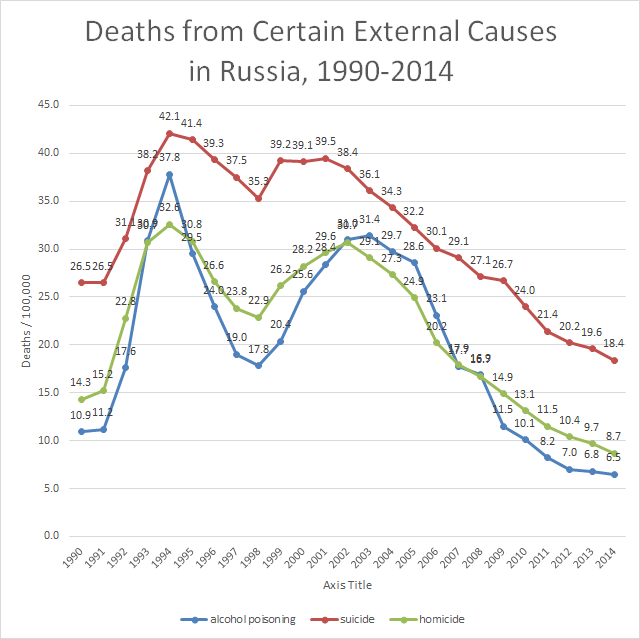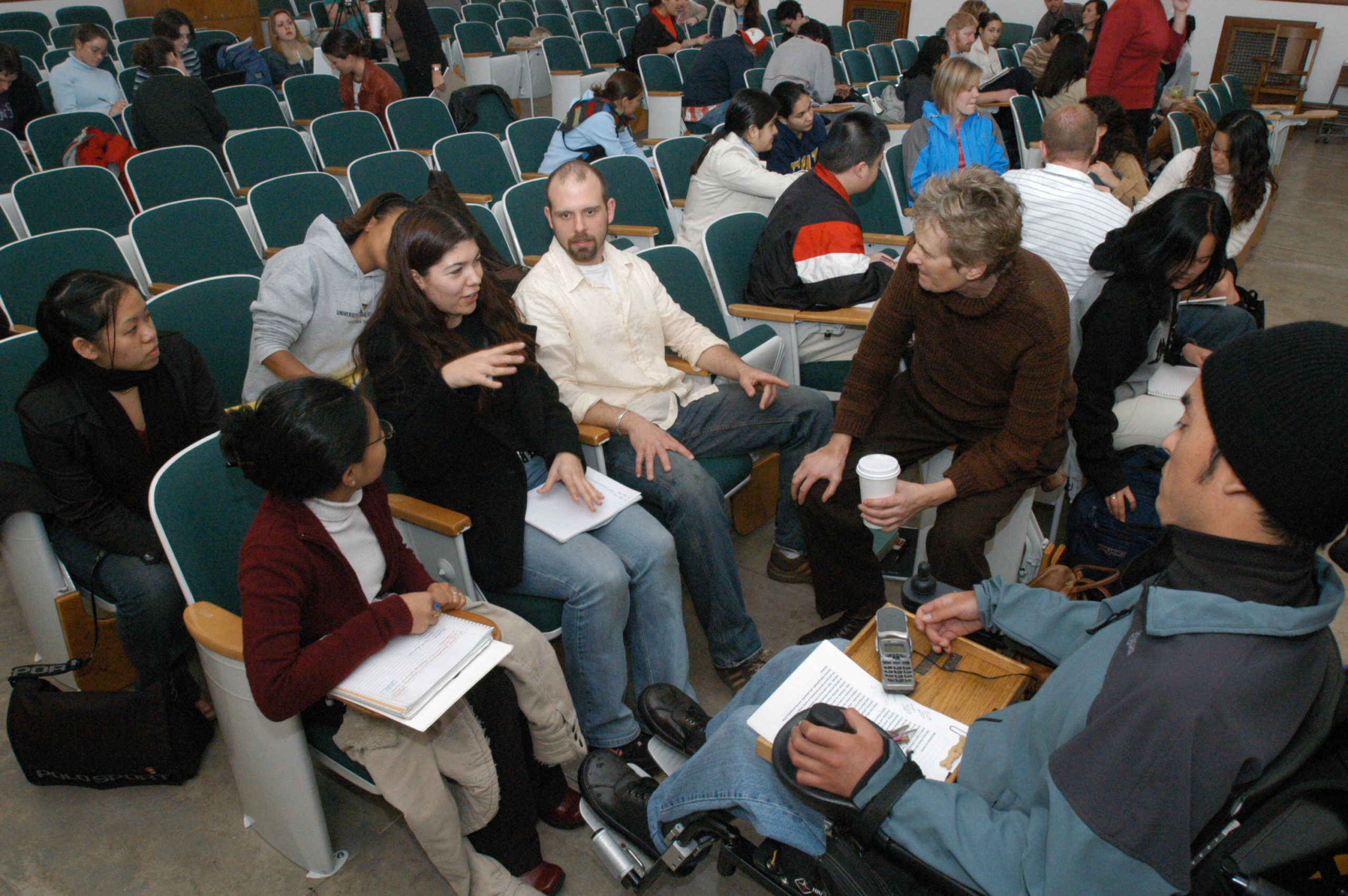Berkeley has long been known as a hub of formal demography research. With its accompanying strengths in economics, sociology, and public health in particular, BPC has also been able to foster high impact population research that pushes frontiers in both basic disciplinary and translational science. This success, facilitated by BPC, has led to crucial campus decisions to continue investing in population science. We continue to support our five signature themes Formal Demography, Population Health, Reproductive Health and HIV, Data Science and Demography, and Family Policy.
Our Mission
The Center’s mission is to promote research and collaboration in all aspects of population studies. Our signature themes are:

Data Science and Demography
The use of computational methods to gain insights and gather new kinds of data – demography and data science – is an emerging area of research. It takes advantage of large data-linkage projects, the use of machine learning methods, the use of social media to sample targeted populations, and network and kinship analysis.
Understanding spatial variations in “social distancing” practices and the impact on COVID-19 outbreak dynamics (PI: Ayesha Mahmud, Demography). We have been collaborating with Facebook Data for Good to generate high-resolution mobility estimates from anonymized and aggregated Facebook user location data. These data are de-identified and aggregated to a 360,000 (60×60) square meter tile. We have three aims: (1) to quantify variations in social distancing practices across counties in the US using mobility estimates derived from Facebook user location data, including the effect of social distancing interventions enacted first in the six Bay Area counties and subsequently expanded to all of California in March; (2) to understand how much of the variation in the extent to which social distancing measures were adopted in various counties is explained by demographic, social and economic differences; and (3) to model how these social distancing measures affected outbreak dynamics across counties in the US.
Measuring changes in interpersonal contact during the COVID-19 pandemic in the US (PIs Dennis Feehan and Ayesha Mahmud, Demography). We will field fast and inexpensive surveys to measure how much interpersonal contact is taking place in different US cities, thus quantifying the extent of social distancing. The survey is one of short contact designed to estimate the volume of interpersonal interaction, age/sex patterns of interaction, and the relative share of interpersonal interaction within the household vs outside the household (a key parameter for modeling).

Family Policy
BPC has developed a transformational research focus on family policy, particularly those policies directly related to child health and well-being. This includes family policy addressing child health in the U.S., the child and later life health benefits of early life investments such as higher quality schooling, and government policies related to family-friendly workplaces.
Intergenerational Impacts of Health Investments (PI: Edward Miguel; Economics). This project estimates the causal impact of health, skills, and financial investments made during childhood and adolescence on recipients’ long-run life outcomes, as well as on the health and cognitive development of recipients’ children, exploiting experimental variation to overcome the key methodological challenge of confounding. The research builds on the existing Kenya Life Panel Survey longitudinal dataset, which contains detailed information on individual health, education, social, and labor market outcomes over an exceptionally long timeframe (1998-2016). The project will extend this unusual panel dataset through 2020 for 6,500 adults and 7,200 of their children, and estimate the extent to which the youth human capital and financial interventions can improve long-run living standards, and help break the intergenerational transmission of poverty. R01HD090118.
Educational Trajectories & Health: When People Finish School and How It Matters (PI: Mujahid Mahasin, Public Health. Irene Yeh, UC Merced). We implement a mixed methods approach to address our overall aim – to investigate if and how different education trajectories affect health and how this association may differ by sex, race/ethnicity, and family and school circumstances. Educational trajectories refer to how people attain their education status, such as high school or college graduate, over time. We will first analyze the 1979 and 1997 waves of data of the National Longitudinal Study of Youth (NLSY). Then, based upon these findings, we conduct semi-structured interviews in three diverse populations across the US to explore possible mechanisms for the associations observed quantitatively. Finally, we utilize an additional secondary dataset, Reasons for Geographic and Racial Differences in Stroke (REGARDS) that will allow us to explore the possible roles of some of the mechanisms identified qualitatively. R01AG056360.
Agricultural Mechanization and Mass Incarceration (PI: Chris Muller, Sociology).
Many scholars endorse the view that increasing joblessness contributed mass incarceration, but there is surprisingly little causal evidence for this claim. Moreover, previous work on joblessness and incarceration has focused almost exclusively on the decline in manufacturing jobs, but the loss of agricultural work – particularly among black men – was likely more consequential. This project uses archival data on incarceration from the state of Georgia to study the effect of joblessness due to agricultural mechanization on the rise of incarceration in the U.S.

Formal Demography
Formal demography, to quote Ron Lee “is nothing more than clear analytic thinking about a demographic problem, with hard-edged concepts, typically distilled into mathematical expressions.” Any problem or question that arises in demography can benefit from a formal analysis. Today’s applications include biodemography, disease transmission, the consequences of environmental change, population economics, the reproduction of social and economic inequality, and the development of estimation techniques from emerging data sources including ”big data.” Formal demography has expanded into neighboring fields, combining classic formal demography with models and theories in biology, evolution, economics, genetics, geography, statistics and other areas.
Population Dynamics and Estimation. (PI: MagaliBarbieri, INED). Barbieri’s methods for Bayesian mortality estimation for sub-populations (Alexander, Zagheni and Barbieri, 2017) is particularly well-suited for estimating mortality of children and younger adults, when death counts have large stochastic variation. These methods are also well-suited for future research on mortality disparities by region and social characteristics.
The CenSoc Project. (PI: Josh Goldstein, Demography). The overall purpose is to link mortality and the 1940 Full Count Census, which allows for mortality estimation and other population dynamics with merging the rich data of the census with social security death records.

Population Health
At the heart of population research lies the question of how population processes affect patterns of human health, and how health dynamics in turn affect population processes. This theme examines the influence of place-based context and social influences on health and health behaviors, in particular examining the role of context and society in patterning health disparities across groups. Population health research on health disparities at BPC builds on Berkeley’s historic public health strength as the birthplace of social epidemiology, and the modern “Berkeley difference” that combines biology, behavior, and environment to study the production of patterns of population health.
Neighborhood Environments and Intergenerational Transmission of Cardiovascular Health (PIs: Lia Fernald and Mujahid Mahasin. Public Health). This population-based study examines associations between neighborhood and school environments at critical developmental stages (early childhood, adolescence, adulthood) in relation to ideal cardiovascular health of adolescent girls as they transition to adulthood, and will determine whether these environments are associated with the cardiovascular health of their offspring. To achieve this goal, this study will leverage existing data from the National Growth and Health Study, a longitudinal study of black and white girls from diverse socioeconomic backgrounds that have been followed from age 9-10 to age 19-20. In a recently funded follow-up study, “Race, stress, and dysregulated eating: Maternal to child transmission of obesity”, women from the Richmond, CA site, and a subset of their children have, been re-enrolled for a follow-up assessment at ages 38-40. R56HL141878
Optimizing the Efficiency and Implementation of Cash Transfers to Improve Adherence to Antiretroviral Therapy (PIs: William Dow, Nancy Padian, Sandra McCoy; Public Health). R01MH112432. This research seeks to optimize a cash transfer intervention for Tanzanian adults living with HIV infection to improve retention in care and adherence to antiretroviral treatment. Findings will result in generalizable knowledge about the minimum cash transfer size to achieve meaningful benefits, the program’s effectiveness on health, and implementation successes and challenges.

Reproductive Health and HIV
This body of research encompasses the domains of fertility, reproductive health, and sexual behavior particularly as it relates to HIV/AIDS. Fertility is a foundational element of population studies. Sexual decision-making and reproduction affect the size and composition of human populations. Reproductive health most decidedly influences the well-being of women and children. Risky sexual behaviors adversely affect population health, and behaviors resulting in HIV/AIDS have had profound demographic consequences.
Community violence and disparities in maternal and infant health: effects and mechanisms (PI: Jennifer Ahern, Public Health). The overall objective of this application is to test the central hypothesis that community violence increases the burden of and disparities in maternal and infant health outcomes, and that potentially modifiable psychological (mental health, social support), behavioral (substance use) and biological (maternal infections and conditions) mechanisms underlie these effects. (R01HD098138).